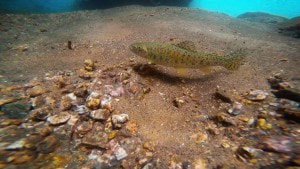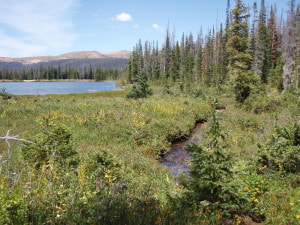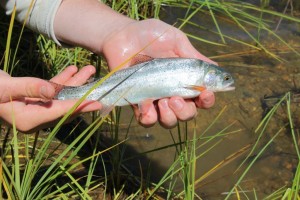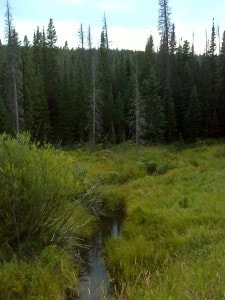Home On The Range
Section divider type: wavesOpacity --
position: bottom




|
PPCTU strives to conserve, protect, and restore cold-water fisheries resources and their watersheds in the Pikes Peak Region and throughout the state of Colorado.
|